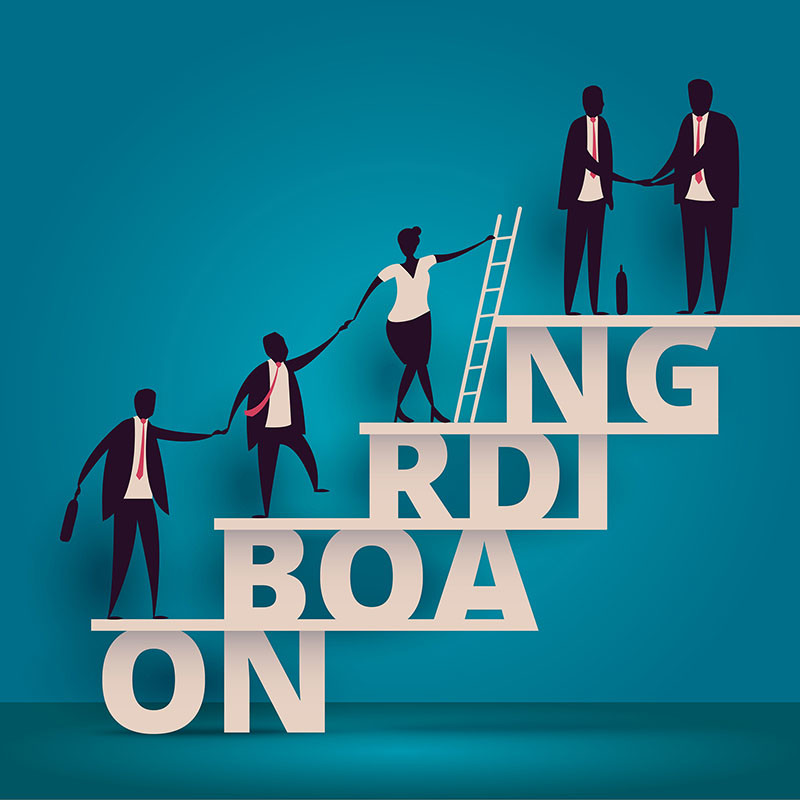The employee life cycle
The employee life cycle
The
employee life cycle is the journey that an employee goes through during their
time with a company, from recruitment to exit. It can be broken down into
several stages:
Ø Attraction & Recruitment
Recruitment
is the process of finding, attracting, and selecting qualified candidates to
fill job vacancies within an organization. It is an important stage in the
employee life cycle, as it is the starting point for bringing new talent into
the organization. Here are some key aspects of recruitment.
·
Identifying job vacancies: The recruitment
process starts by identifying job vacancies within the organization, either due
to expansion or staff turnover.
·
Job analysis and job descriptions: Once
the job vacancies have been identified, the organization needs to analyze the
job requirements and create a job description that outlines the skills,
experience, and qualifications required for the role.
·
Sourcing candidates: The organization
needs to identify potential candidates for the job opening. This may involve
posting job ads on job boards, career websites, or social media platforms.
Alternatively, the organization may use recruitment agencies or headhunting
services to find suitable candidates.
·
Screening and shortlisting candidates:
Once candidates have applied for the job, the organization needs to screen and
shortlist them based on their qualifications, skills, and experience. This may
involve reviewing resumes, conducting phone or video interviews, or
administering pre-employment tests.
·
Conducting interviews: The shortlisted
candidates are then invited to participate in an interview process, which may
involve one or more rounds of interviews with various stakeholders in the
organization.
· Selecting the best candidate: After the interview process, the organization selects the best candidate for the job and extends a job offer.
Ø Onboarding
·
Orientation: The onboarding process
usually starts with an orientation program that introduces new employees to the
company culture, values, policies, and procedures. This may include a tour of
the office, an introduction to key staff, and an overview of the company's
mission and goals.
·
Paperwork: New employees need to complete
a range of administrative tasks, such as filling out tax forms, signing
employment contracts, and setting up payroll and benefits. These tasks are
usually completed during the onboarding process.
·
Training: Onboarding also involves
providing new employees with the necessary training to perform their job
effectively. This may include formal training sessions, shadowing experienced
staff, or completing online courses.
Overall,
onboarding is an essential stage in the employee life cycle, as it helps new
employees integrate into the organization and become productive members of the
team. By investing time and effort in onboarding, organizations can improve
employee engagement and retention, as well as enhance their overall performance
and productivity.
Ø Career
development
Career
development is the process of helping employees to grow and advance in their
careers within an organization. It is an important stage in the employee life
cycle, as it helps organizations to retain top talent and ensure that employees
are engaged and motivated. Overall,
career development is an essential stage in the employee life cycle, as it
helps organizations to retain top talent, improve employee engagement, and
ensure that employees are motivated and fulfilled in their work. By investing
time and effort in career development, organizations can improve their overall
performance and achieve long-term success.
Ø Retention
The
retention stage involves ensuring that the employee remains engaged and
satisfied with their job. This may involve offering incentives, benefits, and
opportunities for professional growth.
Ø Separation
The separation stage is when an employee
leaves the company. This can occur for a variety of reasons, such as
resignation, termination, retirement, or redundancy. During this stage, the
company may conduct exit interviews to gain insights into why the employee is
leaving and identify areas for improvement.
By
understanding and managing the employee life cycle, companies can create a
positive work environment, retain top talent, and promote long-term success.



A well explained theory of the employee life cycle. I think you may need to include references to give a better support for your article.
ReplyDeleteYou have explained the Employee Life Cycle very clearly..We all have experienced this cycle as some extent.. But as mentioned Iresha you should include the refference..Highly appreciated your effort..
ReplyDeleteGreat to summerise the life cycle of an employee and it helps the organisation. HR helps on each stages to ensure the success on both employee and organisation. Please try include graph, images and other supportive reference to enhance the pointed therory.
ReplyDeleteThe employee life cycle is used to recognize and convey the various and most important stages that an employee goes through as they engage with their organization.
ReplyDeleteArticle is much describing the theory side of the same and better if you can include some references , colorful images .. etc. to be attracted the same. Cheers !
Excellent quick read about employee life circle and you explained the process step by step
ReplyDeleteIt's nicely explained entire employee life cycle in simple manner. Really helping to get more clarity about the prosess.
ReplyDeleteWell done Kasun!
The employee life cycle refers to the stages an employee goes through during their time with an organization. You nicely describe it. Good job...
ReplyDeleteI thoroughly enjoyed reading your article, and I think the employee life cycle model is significant for a variety of reasons. It encourages evaluation and improvement of the employee experience at each stage of the model, which is its main advantage. And the more satisfied an employee is with the company, the more likely it is that they will stay on as an employee. Excellent execution!
ReplyDelete